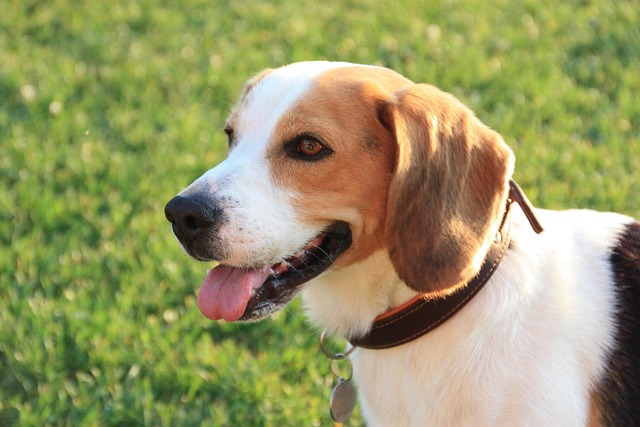
How do i train my dog to be obedient?
Watching your dog dart across the park ignoring your calls isn’t just frustrating—it can put them at risk near busy streets or public spaces.
Watching a scared dog cower in the corner of your apartment or freeze on a walk is a heart-wrenching experience for any new owner. Earning the trust of a fearful dog requires a complete shift in perspective: it’s not about what you want from them, but what they need from you to feel safe. This process demands immense patience, empathy, and a commitment to allowing the dog to set the pace. Forcing interaction, raising your voice, or using punitive measures will only confirm their fears and destroy any chance of building a bond. Your number one job is to become a silent, predictable guardian of their comfort.
The science behind their fear is a survival instinct. When a dog is scared, their body is flooded with cortisol and adrenaline, hormones that prepare them to fight, flee, or freeze. Your goal is to create an environment that avoids triggering this stress response, allowing their brain to learn that you are not a threat. This is achieved through classical conditioning—pairing your presence with fantastic outcomes without making any demands. The most powerful tool you have is something called the "consent test." Instead of petting them, slowly extend your hand and stop. If they lean in or sniff, you may continue. If they stay still or lean away, you immediately withdraw your hand, showing them they have control. This empowers them and builds confidence.

Your daily strategy should be one of quiet observation and non-invasive rewards. Start inside your home. Sit on the floor against the opposite wall of the room and scatter incredibly high-value treats like small pieces of boiled chicken or hot dog behind you and around you. Don’t look at the dog or call them. Let them decide to approach. This "find it" game lets them associate you with good things without any social pressure. Always ensure they have a safe, enclosed space like a crate covered with a blanket, and make it a rule that no one invades that space. On walks, if they freeze, don’t pull the leash. Stop, stand still, and wait for them to process the environment and choose to move again. This respect for their autonomy is the core of force-free training, the standard endorsed by animal welfare laws across Europe and North America.
This mindful approach is also your greatest asset in managing legal and community responsibilities. A fearful dog is more likely to bolt or react unpredictably. The trust built through these methods means they may eventually allow you to gently put on their harness and attach their rabies tag—a legal requirement in all U.S. states. This trust is what will enable you to care for them properly. Furthermore, a dog that feels secure with you is less likely to be reactive on leash. This makes it infinitely easier for you to uphold your civic duty of diligently cleaning up after them immediately during potty breaks, a common local ordinance, and to maintain a calm demeanor that helps them feel safe amidst the distractions of your neighborhood.
Earning the trust of a scared dog is a profound journey that rewires both their brain and your approach to companionship. There is no set timeline, but every small step—a tail wag, a voluntary approach, a relaxed sigh—is a monumental victory. By prioritizing their emotional well-being above all else, you aren’t just training a pet; you are rehabilitating a soul and proving to them that the world, and you, can be safe.

Watching your dog dart across the park ignoring your calls isn’t just frustrating—it can put them at risk near busy streets or public spaces.

New puppy owners often find themselves rushing to clean up accidents before they set in, and that’s where puppy pad training becomes a game-changer.

If you've noticed your dog's waistline disappearing and your veterinarian has mentioned those few extra pounds, your first instinct might be to simply reduce the amount of food in their bowl.

Training a dog to use a designated spot indoors isn’t as daunting as many new owners fear, but it does take consistency and an understanding of your pet’s needs.

That moment of dread on a walk is all too familiar for many new dog owners. You see another dog approaching down the sidewalk of your neighborhood

If the sight of another dog on your neighborhood walk makes your heart sink as your own dog erupts into a frenzy of barking and lunging, you're not alone.